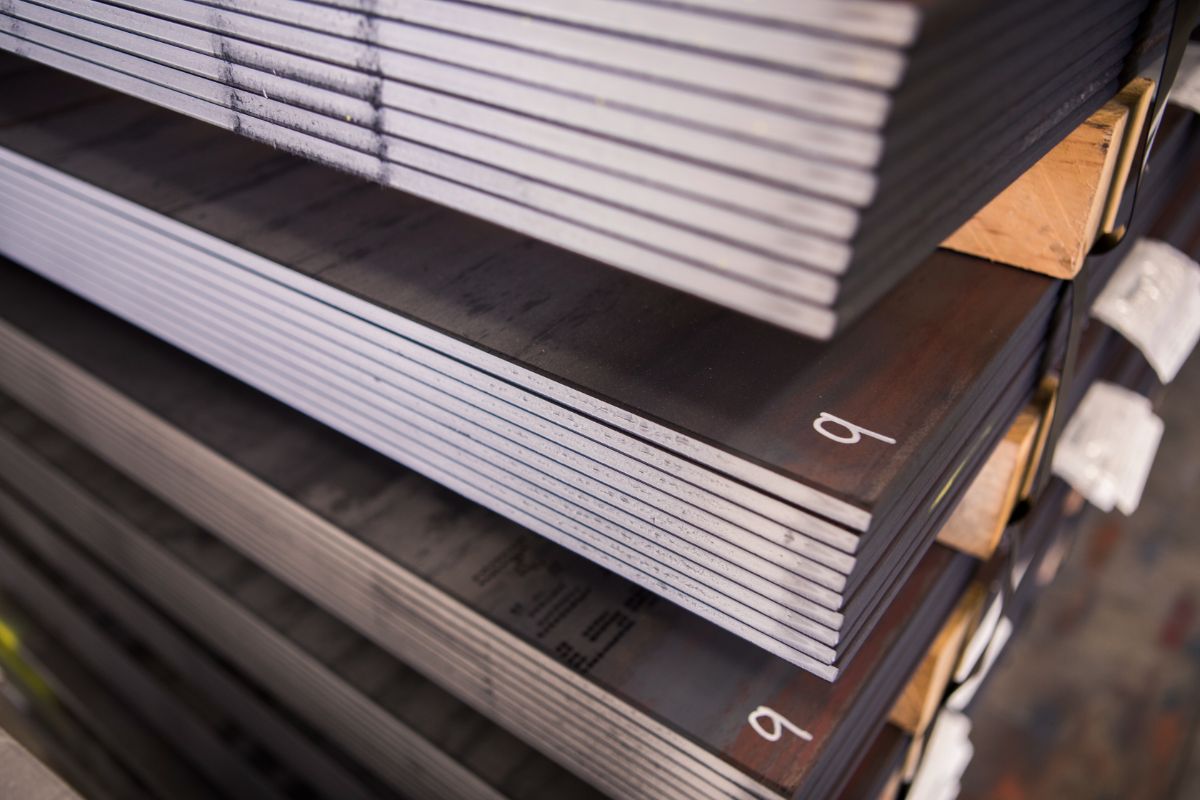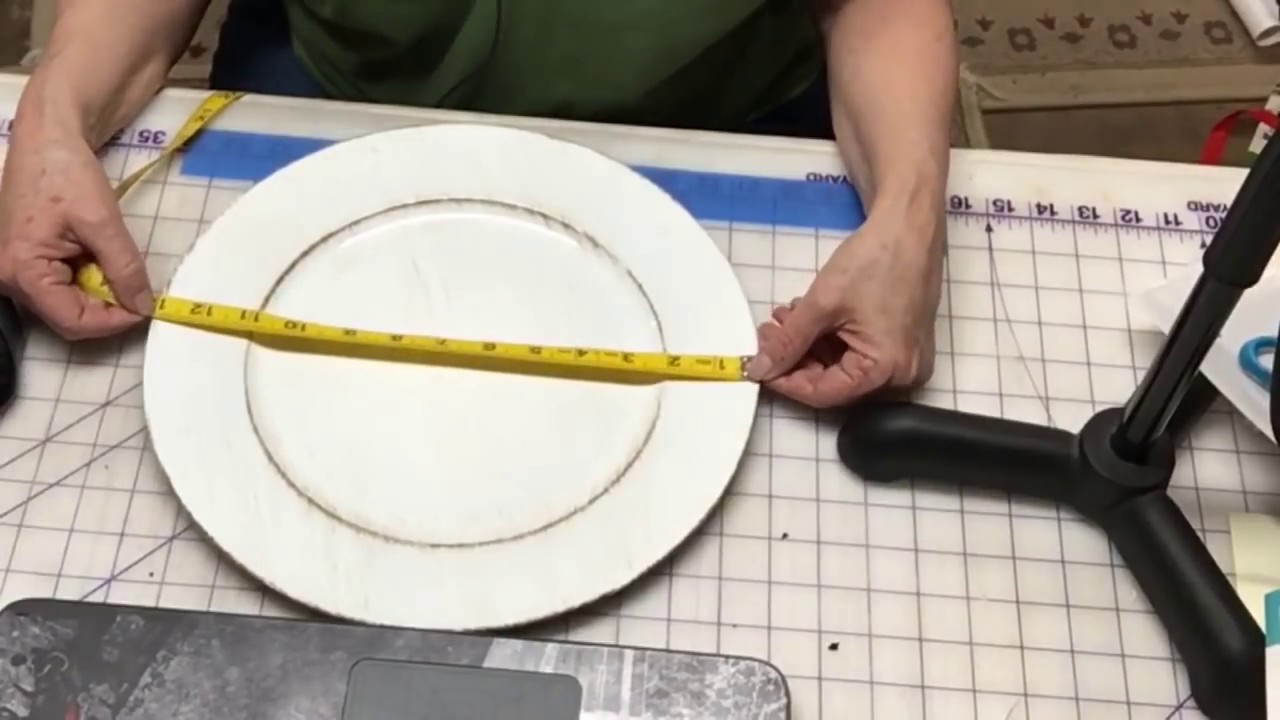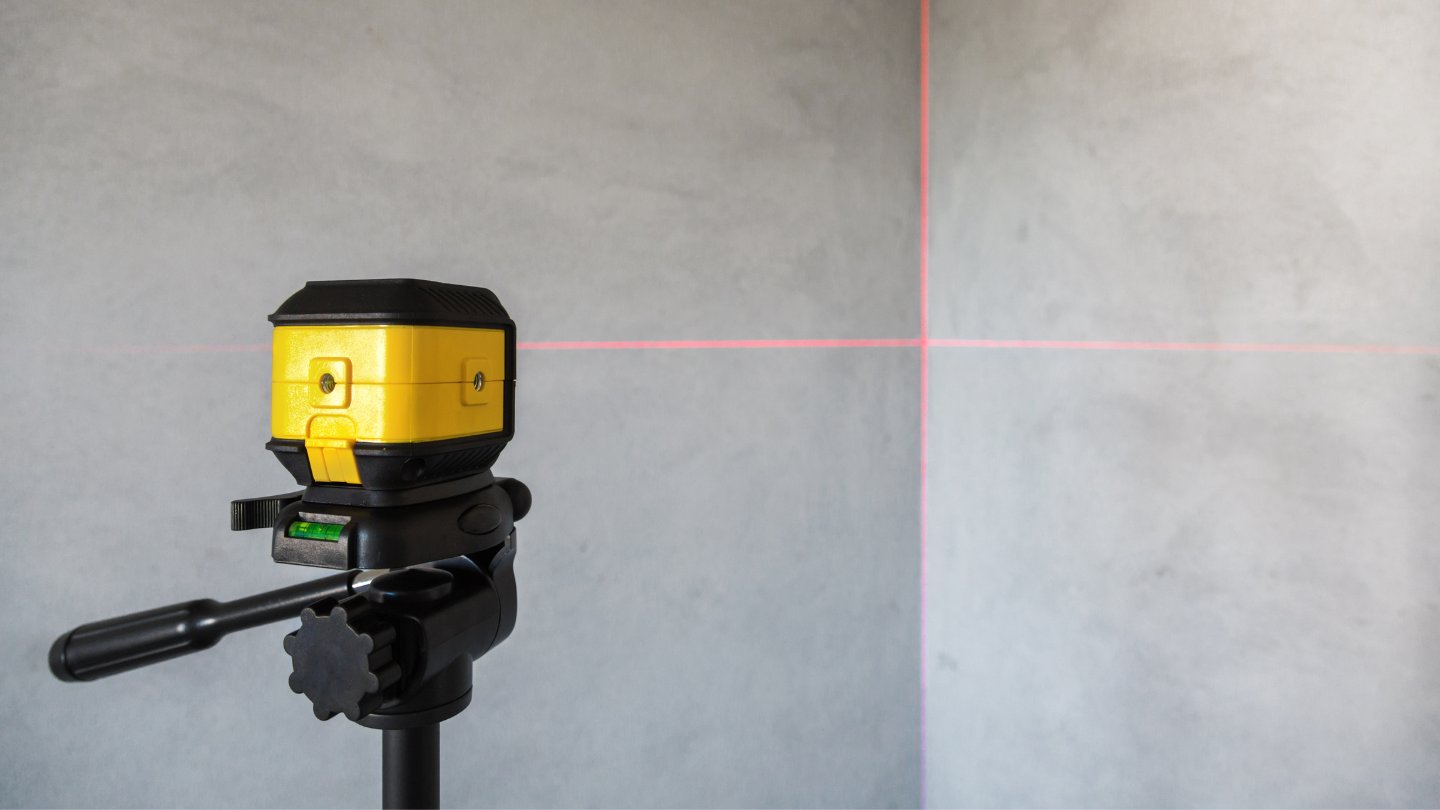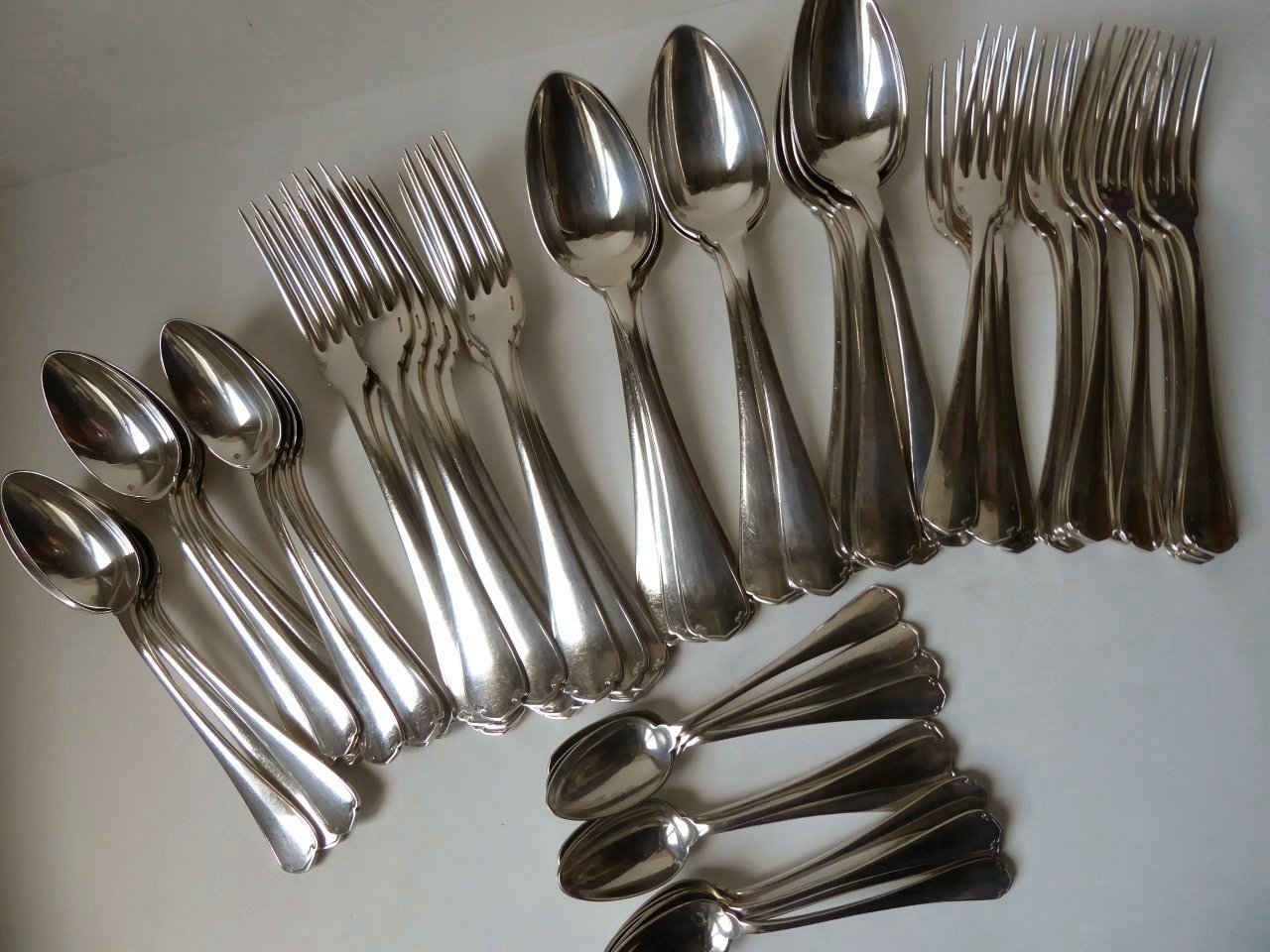Home>diy>Building & Construction>What Are Plates In Construction


Building & Construction
What Are Plates In Construction
Modified: December 7, 2023
Learn about the role and significance of plates in building construction. Understand how plates contribute to the structural integrity and stability of a construction project.
(Many of the links in this article redirect to a specific reviewed product. Your purchase of these products through affiliate links helps to generate commission for Storables.com, at no extra cost. Learn more)
Introduction
In the field of construction, plates play a crucial role in providing stability, load distribution, and reinforcement to various structures. These plates are versatile components that are used in a wide range of construction projects, including buildings, bridges, and infrastructure. By understanding the different types of plates and their applications, construction professionals can make informed decisions to ensure the structural integrity and longevity of their projects.
In this article, we will explore the definition and purpose of plates in construction, the various types of plates used, their applications, and the benefits they bring to the construction industry.
Key Takeaways:
- Plates in construction, whether steel, timber, or concrete, enhance stability, distribute loads, and reinforce weak points, ensuring resilient and durable structures that withstand external forces and environmental conditions.
- The strategic use of plates in construction offers benefits such as enhanced structural strength, cost-effectiveness, improved stability, and design flexibility, contributing to efficient, durable, and aesthetically pleasing structures.
Read more: What Is A Sill Plate In Construction
Definition and Purpose of Plates in Construction
In construction, plates refer to flat, rigid components that are used to connect, reinforce, and distribute loads within a structure. They are typically made from materials such as steel, timber, or concrete, depending on the specific requirements of the project.
The primary purpose of plates in construction is to provide stability and structural integrity to various elements of a building or infrastructure. They act as connectors, distributing loads evenly and transferring forces between different components.
Plates are often used in conjunction with other construction materials to form joints, connections, and support systems. They play a vital role in ensuring the overall strength and stability of the structure, enabling it to withstand external forces, such as wind, earthquakes, and heavy loads.
Furthermore, plates are essential in reinforcing weak points or distributing concentrated loads. By strategically placing plates at key locations, construction professionals can enhance the load-bearing capacity of the structure and reduce the risk of failure or collapse.
Overall, the definition and purpose of plates in construction can be summarized as follows:
- Plates are flat, rigid components used to connect and reinforce structures.
- They distribute loads and transfer forces between different elements.
- Plates enhance stability and structural integrity.
- They reinforce weak points and distribute loads evenly.
Now that we have established the definition and purpose of plates in construction, let us delve into the different types of plates used in the industry.
Types of Plates Used in Construction
There are various types of plates used in construction, each serving a specific purpose and made from different materials. The selection of the type of plate depends on the requirements of the project, including the load-bearing capacity, environmental conditions, and desired structural design.
Steel Plates
Steel plates are one of the most commonly used types of plates in construction. They are known for their strength, durability, and versatility. Steel plates are typically made from carbon or alloy steel and come in various sizes and thicknesses.
These plates are used in a wide range of applications, including as structural members in buildings, bridges, and industrial facilities. Steel plates can handle heavy loads and provide excellent resistance to corrosion, making them ideal for outdoor and high-stress environments.
Timber Plates
Timber plates, also known as wooden plates, are commonly used in traditional and timber-framed constructions. These plates are made from solid timber or engineered wood products, such as plywood or laminated veneer lumber (LVL).
Timber plates offer lightweight and cost-effective solutions for connecting and reinforcing wooden structures. They are often used in roof trusses, wall framing, and floor systems. Although not as strong as steel plates, timber plates provide sufficient load-bearing capacity for many residential and light commercial applications.
Read more: What Is A Dessert Plate?
Concrete Plates
Concrete plates, also called precast concrete panels, are prefabricated elements used in construction. These plates are made by pouring concrete into molds and allowing it to cure before installation.
Concrete plates are commonly used in applications where high tensile strength and durability are required. They are often used as cladding panels, load-bearing walls, and structural facades. Concrete plates offer excellent fire resistance and have the ability to withstand harsh environmental conditions.
Other types of plates, such as aluminum plates and composite plates, may also be used in specific construction projects where their unique properties are advantageous.
Now that we have explored the different types of plates used in construction, let us move on to the applications of plates in various construction scenarios.
Steel Plates
Steel plates are a widely used type of plate in construction due to their exceptional strength, durability, and versatility. These plates are typically made from carbon or alloy steel and come in various sizes and thicknesses to suit different construction requirements.
One of the primary applications of steel plates is in structural components of buildings, bridges, and industrial facilities. They provide solid support and enhance the load-bearing capacity of these structures. Steel plates are often used as base plates, column flanges, beam connectors, and floor decking.
In addition to their strength, steel plates offer excellent resistance to corrosion, making them suitable for outdoor and high-stress environments. This makes them ideal for use in infrastructure projects, such as bridges and highway structures, where the plates are exposed to harsh weather conditions and heavy traffic loads.
Another key advantage of steel plates is their versatility. They can be easily fabricated and customized to meet the specific needs of a project. Steel plates can be cut, welded, bent, and formed into various shapes and configurations, allowing for complex structural designs and connections.
Steel plates also find applications in the manufacturing of equipment and machinery used in the construction industry. They are used to create durable components such as buckets, buckets, chassis, and frames for heavy machinery.
Moreover, steel plates are widely employed in the construction of storage tanks, pressure vessels, and silos. These plates provide strength and integrity to the structures, ensuring the containment and safety of liquids or gases stored within them.
Overall, steel plates are favored in construction due to their exceptional strength, durability, versatility, and resistance to corrosion. Their applications in structural components, infrastructure projects, equipment manufacturing, and storage facilities make them a vital component in the construction industry’s arsenal.
Now that we have explored steel plates, let’s move on to discussing timber plates and their specific applications in construction.
Timber Plates
Timber plates, also known as wooden plates, are commonly used in construction, especially in traditional and timber-framed structures. These plates are typically made from solid timber or engineered wood products such as plywood or laminated veneer lumber (LVL).
One of the primary applications of timber plates is in the construction of roof trusses. They are used to connect the roof rafters to the central beam or ridge board, providing stability and support to the roof structure. Timber plates play a crucial role in distributing the weight of the roof evenly, ensuring structural integrity and preventing sagging or collapse.
In addition to roof trusses, timber plates are also used in wall framing and floor systems. They help to connect and reinforce wooden studs and joists, enhancing the structural strength of the walls and floors. Timber plates provide stability and resistance to lateral loads, ensuring the integrity of the overall structure.
Timber plates offer several advantages in construction. Firstly, they are lightweight, making them easy to handle and install. This makes timber plates a favorable choice for projects with limited access or in situations where heavy lifting equipment may not be available.
Furthermore, timber plates are cost-effective compared to other plate materials such as steel or concrete. They allow for efficient and economical construction of wooden structures while maintaining the necessary load-bearing capacity.
Another advantage of timber plates is their inherent thermal insulation properties. Wood has natural insulating capabilities, which can help regulate temperature and reduce energy consumption in buildings. This can contribute to improved energy efficiency and lower heating and cooling costs.
It is important to note that the use of timber plates may be limited in projects with higher load requirements or in areas prone to moisture or insect damage. In such cases, additional measures, such as timber treatment or the use of steel or concrete reinforcement, may be necessary to ensure structural integrity.
In summary, timber plates play a vital role in timber-framed construction, providing stability, support, and reinforcement to roof trusses, walls, and floors. Their lightweight nature, cost-effectiveness, and thermal insulation properties make them a popular choice in certain construction applications.
Now that we have explored timber plates, let’s move on to discussing concrete plates and their specific applications in construction.
Concrete Plates
Concrete plates, also known as precast concrete panels, are prefabricated elements that play a significant role in construction projects. These plates are made by pouring concrete into molds and allowing it to cure before installation.
One of the primary applications of concrete plates is as cladding panels. They are used to cover the exterior walls of buildings, providing protection against weather elements and enhancing the aesthetic appeal. Concrete plates offer excellent durability and resistance to harsh environmental conditions, making them a popular choice for both residential and commercial structures.
Concrete plates are also commonly used as load-bearing walls in construction. These plates serve as both structural elements and boundary components, supporting the weight of the upper floors and distributing the loads evenly. The use of concrete plates as load-bearing walls can significantly reduce the need for additional support structures, maximizing interior space and design flexibility.
In addition to cladding and load-bearing walls, concrete plates find applications in structural facades. They can be used to create visually striking and unique architectural designs, providing both aesthetic and structural benefits. Concrete plates offer versatility in terms of texture, shape, and color, enabling architects and designers to achieve their desired creative vision.
Moreover, concrete plates are utilized in the construction of retaining walls, which are essential for preventing soil erosion, managing sloping terrains, and creating usable spaces. These plates provide strength and stability to the retaining structures, ensuring the long-term integrity of the project.
One of the advantages of using concrete plates in construction is their fire resistance. Concrete is a non-combustible material that can withstand high temperatures, making it suitable for applications where fire safety is paramount, such as in commercial buildings, high-rise structures, and industrial facilities.
However, it is important to consider certain factors when using concrete plates. They are heavy and require careful planning and handling during installation. Additionally, connections between concrete plates should be properly designed and reinforced to ensure structural integrity.
In summary, concrete plates serve a multi-purpose role in construction, acting as cladding panels, load-bearing walls, structural facades, and retaining wall elements. Their durability, fire resistance, and design versatility make them a valuable choice in various construction projects.
Now that we have explored concrete plates, let’s move on to discussing the applications of plates in construction.
Read more: What Is Plate Glass
Applications of Plates in Construction
Plates are versatile components that find a wide range of applications in construction. They play a crucial role in ensuring structural stability, load distribution, and reinforcement. Let’s explore some of the key applications of plates in construction:
Load Distribution and Stability
One of the primary functions of plates in construction is to distribute loads evenly and enhance stability. Plates are used in supporting structures such as beams, columns, and walls to effectively transfer the load to the foundation. They help distribute the weight and resist bending, ensuring the structural integrity of the building or infrastructure.
Reinforcement and Support
Plates are used to reinforce weak points in construction. They provide additional strength and support where the structure may be susceptible to stress concentration or vulnerability. Plates are strategically placed to reinforce connections, joints, and critical areas, improving the overall load-bearing capacity and reducing the risk of failure.
Joint Connections
Plates play a significant role in connecting different structural elements in construction. They are used for joint connections, such as bolted connections and welded connections. Plates ensure the stability and integrity of the joints, allowing for the efficient transfer of forces and maintaining the structural soundness of the project.
Read more: What Are Charger Plates?
Bracing and Shear Walls
Plates are often used in bracing systems and shear walls to improve the lateral stability of buildings and structures. They provide resistance against horizontal forces, such as wind or seismic loads, helping to prevent excessive deflection and possible collapse. Plates in bracing systems and shear walls effectively enhance the overall structural performance and safety.
Infrastructure Projects
Plates are extensively utilized in large-scale infrastructure projects, including bridges, tunnels, and highways. They are integral components in the construction of bridge decks, foundation systems, and retaining walls, providing strength, stability, and durability. Plates in infrastructure projects ensure the long-term functionality and safety of these critical structures.
Industrial Applications
In the industrial sector, plates are widely used for manufacturing equipment, machinery, and storage systems. Plates provide the necessary support and reinforcement for heavy machinery components, such as frames and bases. They are also utilized in the construction of tanks, vessels, and silos to withstand high pressures and ensure containment integrity.
These are just a few examples of the numerous applications of plates in construction. The versatility and wide-ranging benefits of plates make them indispensable in creating strong, stable, and reliable structures across various sectors.
Now that we have explored the applications of plates in construction, let’s move on to discussing the benefits they bring to the construction industry.
Load Distribution and Stability
One of the primary applications of plates in construction is load distribution and stability. Plates play a crucial role in ensuring that the loads acting on a structure are distributed efficiently and evenly throughout its different components. By effectively distributing the loads, plates help to enhance the stability and structural integrity of the construction.
When a load, such as the weight of a building or external forces like wind or seismic activity, is applied to a structure, it is essential to ensure that the load is evenly distributed to prevent concentrated stress points. Concentrated stress can weaken the structure and lead to potential failure or collapse.
Plates are strategically positioned and interconnected within the structure to help distribute the loads. They act as load-bearing members that transfer the forces between different components, such as beams, columns, and walls, and ultimately to the foundation. This distribution of forces ensures that the structure can effectively withstand the applied loads without excessive stress concentration at any particular point.
By distributing the loads, plates also contribute to improving the overall stability of the construction. They help to resist bending, torsion, and shear forces, which could cause deformation or even structural failure. The presence of plates in critical areas provides reinforcement and support, increasing the structure’s ability to withstand external loads and natural forces.
Furthermore, the proper distribution of loads and the stability provided by plates also help to minimize deflection and deformation of the structure. Excessive deflection can affect the functionality of the building or infrastructure and compromise its safety and usability. The use of plates ensures that the structure remains stable and maintains its intended shape and form.
Load distribution and stability are especially crucial in larger structures, such as high-rise buildings, bridges, and industrial facilities that are subjected to significant loads. Plates are carefully designed and placed in strategic locations to optimize load distribution and ensure maximum stability.
In summary, plates in construction are essential for load distribution and stability. They play a vital role in transferring and distributing loads evenly between different structural elements, enhancing the overall stability and structural integrity of the construction. By preventing stress concentration and minimizing deflection, plates contribute to the long-term safety and performance of the building or infrastructure.
Now that we have explored load distribution and stability, let us discuss another important aspect of plate usage in construction – reinforcement and support.
Read more: What Screwdriver For License Plate
Reinforcement and Support
Another crucial application of plates in construction is reinforcement and support. Plates are strategically used to reinforce weak points and provide additional support to various structural components, enhancing the overall strength and durability of the construction.
During the construction process, there are often areas where the structure may be more susceptible to stress concentration or vulnerability. These weak points could be joints, connections, or areas with higher load-bearing requirements. Plates are employed to reinforce these critical areas and mitigate potential structural weaknesses.
Plates are strategically positioned at joints and connections to increase their load-bearing capacity. They distribute the stresses more evenly across the joint, dispersing the load over a larger area and reducing the risk of failure. By reinforcing the joints, plates improve the structural integrity and longevity of the construction.
In addition, plates can be used to support and strengthen structural components such as beams, columns, and walls. These components may experience higher loads or require additional reinforcement due to factors like architectural design choices or the need to support heavy equipment or machinery.
The use of plates in these scenarios provides the necessary reinforcement to withstand the increased load demands. Plates can be strategically placed along the length of a beam or column or embedded within a wall to strengthen the structure and prevent excessive deflection or deformation under load.
Plates also play a vital role in supporting and reinforcing floor systems. For example, in composite floor construction, steel plates are used to connect the steel beams to the concrete slab, creating a composite structure that can withstand higher load capacities. This combination of materials and the use of plates increases the overall strength and stability of the floor system.
Furthermore, in structures such as bridges and tunnels, plates are utilized to reinforce critical components and support heavy loads. These plates provide additional strength to areas that experience higher stress, such as bridge connections, abutments, and piers. The reinforcement and support offered by plates ensure the structural integrity and safety of these vital infrastructure projects.
Overall, reinforcement and support are significant applications of plates in construction. By reinforcing weak points, providing additional support to structural components, and strengthening critical areas, plates contribute to the overall strength, durability, and reliability of the construction.
Now that we have explored reinforcement and support, let’s move on to discussing the role of plates in joint connections.
Joint Connections
Joint connections are a critical aspect in construction, and plates play a significant role in ensuring the stability and integrity of these connections. Plates are used to connect different structural elements, providing strength and rigidity to joints and facilitating the efficient transfer of forces.
One of the common types of joint connections where plates are employed is bolted connections. In this type of connection, plates with pre-drilled holes are used to align and secure the structural elements together with bolts. The plates, also known as gussets, act as reinforcement, distributing the forces evenly across the joint and preventing the bolts from loosening or shearing under load.
Welded connections are another type of joint connection where plates are utilized. The plates are positioned and welded to join the structural components. Welded connections provide a highly rigid connection, ensuring the transfer of forces efficiently. Plates are often used to increase the effective weld length, strengthening the joint and enhancing its load-bearing capacity.
Plates in joint connections improve the overall stability and load transfer capability of the construction. They help to resist bending, shearing, and torsional forces that occur at the joints, ensuring the proper functioning and integrity of the structure.
In addition to improving the mechanical performance of joint connections, plates also aid in streamlining the construction process. They simplify the assembly and alignment of structural elements, enabling faster and more efficient construction. Plates ensure the accurate positioning and stability of the connected components, saving time and reducing the complexity of the construction project.
Moreover, plates in joint connections provide flexibility in terms of design and construction methods. They can accommodate various angles, shapes, and sizes, allowing for the creation of complex structures and architectural features. Plates can be customized and fabricated to suit the specific requirements of the project, ensuring a precise and robust connection between structural components.
It is important to note that the design and implementation of joint connections require careful consideration and adherence to engineering standards and codes. Proper plate selection, sizing, and connection detailing are essential to guarantee the structural integrity, safety, and performance of the joint connections.
In summary, plates have a crucial role in joint connections within the construction industry. Whether in bolted or welded connections, plates provide reinforcement, stability, and efficient force transfer. They contribute to the overall strength and reliability of the structure, while also enabling flexibility and streamlining the construction process.
Now that we have explored joint connections, let’s move on to discuss the benefits of using plates in construction.
Benefits of Using Plates in Construction
The use of plates in construction offers several benefits that contribute to the overall strength, stability, and durability of structures. Let’s explore some of the key advantages of using plates:
Enhanced Structural Strength
Plates reinforce weak points, provide additional support, and distribute loads evenly, thereby enhancing the structural strength of the construction. They help to resist bending, shear, and torsional forces, increasing the overall load-bearing capacity and improving the longevity of the structure.
Read more: What Size Is A Dessert Plate?
Versatility and Customization
Plates can be fabricated and customized to suit specific project requirements. They can be cut, welded, and formed into various shapes and sizes, allowing for flexibility in design and construction. Plates accommodate complex structural configurations, enabling architects and engineers to realize their creative vision and achieve unique architectural features.
Improved Stability and Load Distribution
Plates play a crucial role in optimizing load distribution and enhancing the stability of the construction. They help transfer loads efficiently between structural components, mitigate stress concentration, and minimize deflection. This ensures that the structure remains stable and maintains its intended shape and form under various load conditions.
Cost-Effectiveness
Utilizing plates in construction can often be a cost-effective solution. Plates, such as timber plates or some types of steel plates, can offer a cost advantage compared to other materials. They provide efficient load-bearing capacity while keeping construction costs in check.
Improved Construction Efficiency
Plates simplify and streamline the construction process. They allow for easier alignment and assembly of structural elements, saving time and reducing complexity. Plates ensure accurate positioning and stability during construction and can contribute to faster project completion.
Durability and Longevity
Most plates, such as steel and concrete plates, offer excellent durability and resistance to environmental factors. They can withstand harsh conditions, including extreme temperatures, moisture, and corrosion. This durability ensures the longevity of the structure, reducing maintenance and repair costs over time.
Design Flexibility
Plates provide design flexibility, allowing for the creation of innovative and aesthetically pleasing structures. Their versatility enables the realization of intricate architectural designs and unique structural configurations.
In summary, the benefits of using plates in construction include enhanced structural strength, versatility, improved stability, cost-effectiveness, construction efficiency, durability, and design flexibility. Plates play a vital role in ensuring the longevity and performance of structures across various construction projects.
Now that we have explored the benefits of using plates in construction, let’s conclude our article.
Conclusion
Plates are integral components in construction, providing stability, load distribution, reinforcement, and support to a wide range of structures. Whether made from steel, timber, or concrete, plates play a crucial role in enhancing the overall strength, durability, and structural integrity of buildings, bridges, and infrastructure projects.
Throughout this article, we have discussed the definition and purpose of plates in construction, explored the different types of plates used, and examined their various applications. We have learned how plates contribute to load distribution and stability, reinforce and support critical areas, connect structural elements, and offer numerous benefits to the construction industry.
From the versatility and customization potential of plates to their cost-effectiveness and design flexibility, their advantages are clear. Plates improve structural strength, enhance stability, distribute loads efficiently, and offer durability and longevity. They streamline the construction process, contribute to construction efficiency, and allow for the realization of unique architectural designs.
As construction professionals, understanding the importance of plates and their applications empowers us to make informed decisions that ensure safe and reliable structures. By utilizing plates strategically, considering factors such as load distribution, reinforcement, and joint connections, we can create resilient buildings, bridges, and infrastructure that withstand the test of time.
In conclusion, plates are essential components in the construction industry. Their role in load distribution, reinforcement, and support cannot be overstated. By harnessing the benefits of plates, we can create structurally sound buildings and infrastructure that meet the demands of modern construction while prioritizing safety, efficiency, and sustainability.
Thank you for joining us on this exploration of plates in construction. We hope this article has provided valuable insights into the significance and applications of plates in the field of construction.
Frequently Asked Questions about What Are Plates In Construction
Was this page helpful?
At Storables.com, we guarantee accurate and reliable information. Our content, validated by Expert Board Contributors, is crafted following stringent Editorial Policies. We're committed to providing you with well-researched, expert-backed insights for all your informational needs.










0 thoughts on “What Are Plates In Construction”